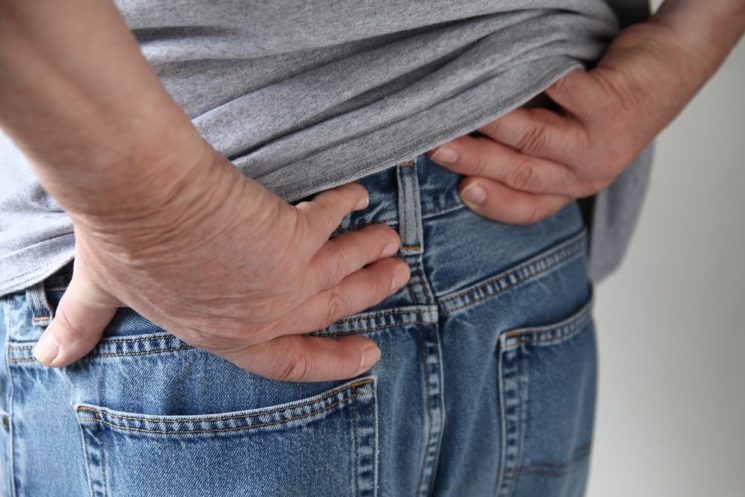
First infection
Usually, you will be treated with antibiotics, and the pus may need to be drained. This involves a hospital appointment, where a small hole will be made in the abscess. Depending on its size, you may be given a local or general anaesthetic. You can go home the same day and recovery takes between four to six weeks.
Recurrent infections
For recurrent infections, it may be recommended to have the sinus removed.
This may involve excision (removal) with either open healing or a closed wound.
When the wound is left open, the surgeon packs it with dressing. This allows the area to heal from the inside out. Recovery is longer, but the infection is less likely to return.
The surgeon may close the wound with stitches. This surgery has a shorter recovery time, but there is a greater risk of the cyst coming back or the wound opening.
You may also be recommended for EPSiT (endoscopic pilonidal sinus treatment). Your surgeon will use an endoscope (a thin, flexible tube with a camera on the end) to look inside your pilonidal sinus.
Alongside the endoscope, your surgeon will use small instruments to clean and treat the area. This is a minimally invasive procedure, where only small incisions are made, so there is less discomfort and recovery is quicker, with significantly less input required from community nurses.
About the consultant
Mr Nikhil Pawa’s special interests lie in the management of bowel cancer, diverticular disease, and other colorectal conditions, such as inflammatory bowel disease (Crohn’s disease and ulcerative colitis), rectal bleeding, haemorrhoids, anal fissure, anal fistula, and minimally invasive management of pilonidal disease (EPSIT procedure).



